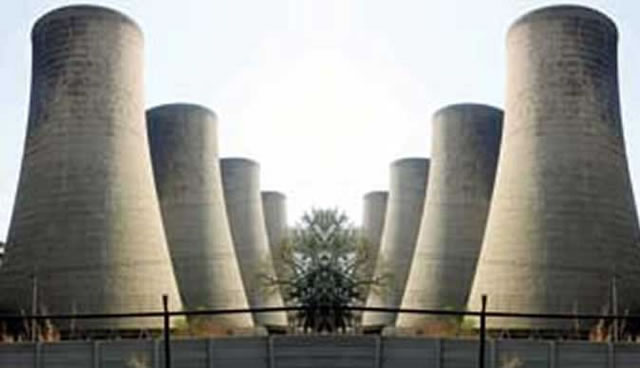Experts condemn Byo power station upgrade

Bianca Mlilo Business Reporter—
EXPERTS yesterday expressed reservations on the Bulawayo Power Station upgrade project saying the proposed model would contribute to greater environmental degradation through high carbon emissions and damage to road infrastructure. The project seeks to refurbish the plant to increase its power generation to 90 mega watts from an average of 30MW.
The excercise would involve installation of new boilers, plant refurbishment, Khami Dam water treatment plant upgrade and construction of a 20km long pipeline at a cost $87 million.
Contributing during a Zimbabwe Power Company (ZPC) public hearing for the project and its environmental and social impact assessment (ESIA), participants said coal was an outdated power source whose transportation by road was opposed to global warming reduction strategies.
The participants, who included engineers and environmentalists, contended that a clean source of power like methane gas be used to do away with emissions.
Alan Glyn-Woods, an engineer said although the initial power station had been built adjacent to commercial and residential properties, an extension would result in increased air and noise pollution.
“The mining of coal is an environmentally destructive operation and loading it onto road vehicles to be hauled nearly 400km is a further act in contradiction of the spirit of the Paris Agreement (International Conference to Reduce Global Warming),” said Gly-Wood.
“Closer to Bulawayo lies the Lupane coal-bed methane gas deposits, which have been almost ignored since exploration prior to 1997. Neighbouring countries are presently constructing pipelines so that (the) natural gas can be taken to modern, gas-turbine, generating power stations. These produce far less residue than coal-fired plants, leaving no polluting ash.
“The subject of providing water for steam generation wouldn’t arise if it was decided to convert to gas fired turbines, removing the need for the Khami Dam treatment works and pipeline expenditure.”
Other participants at the hearing in Bulawayo who declined to be named for professional reasons suggested that ZPC finds an alternative site to establish a new power station outside the city centre. “We don’t know what the smoke emissions have on people’s health. So ZPC should look for an alternative site,” said another participant.
Some suggested that the power station be shut down and relocated elsewhere citing similar environmental concerns. In response, ZPC said the refurbishment of Bulawayo Power Station was a “low-hanging fruit” to address power challenges in the country and insisted the improvement in resources could lead to refurbishment of other power plants.
This would, in turn translate to more power added to the national grid. Power would be generated from coal (sourced from Hwange Colliery Company Limited and other coal miners) and the project would be complete and operational by June 2018.
The Bulawayo Power Station has an installed capacity of 90MW but currently generates an average of 30MW. The refurbishment is expected to boost electricity generation by 60MW so the station can operate at optimum capacity.










Comments